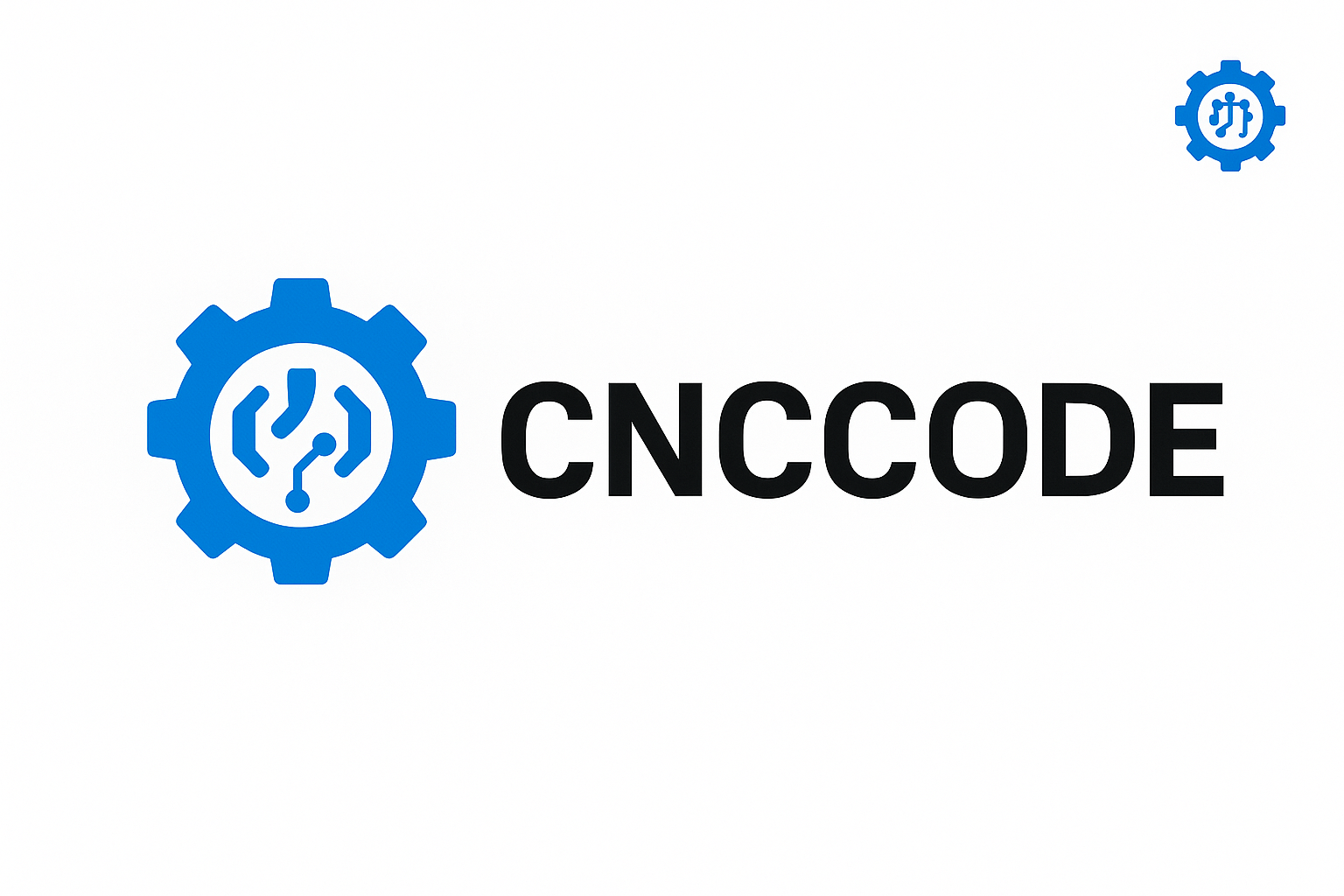Learn everything about CNC programming, including G-code, M-code, parametric programming, best practices, and future trends like AI and automation. Essential for machinists, engineers, and hobbyists.
🧠 Mastering CNC Programming: A Complete Guide for Today & Future Generations
CNC programming is the brain behind every precision-machined part. It defines the paths, speeds, tool changes, and logic that transform raw materials into precision-engineered components. Whether you’re a factory technician, a CNC programmer, or a hobbyist learning from home, mastering CNC programming is your gateway to high-efficiency, low-error production.
This guide dives deep into the fundamentals of CNC programming, from basic code syntax to advanced strategies and the evolving role of AI and automation.
📌 Table of Contents:
- What is CNC Programming?
- Types of CNC Programming
- Understanding G-code and M-code
- Key Programming Structure & Commands
- CNC Axes and Coordinate Systems
- Toolpaths and Motion Control
- Parametric Programming & Macros
- Subprograms and Looping Logic
- Post-Processing and CAM Integration
- CNC Programming Mistakes to Avoid
- The Future: AI, CAM, and No-Code CNC
- Summary & Takeaways
1. What is CNC Programming?
CNC programming involves writing code that instructs the CNC machine what to do — where to move, how fast, when to start or stop cutting, when to change tools, and so on.
The most common CNC programming languages are:
- G-code (preparatory functions)
- M-code (miscellaneous functions)
- Macro B (for logic and conditions)
2. Types of CNC Programming
| Type | Description | Use Case |
|---|---|---|
| Manual Programming | Code is written line by line (G-code) | Small batches, full control |
| CAM-Based Programming | Code generated via software like Fusion 360 | Complex 3D parts, high volume |
| Conversational Programming | Interface-driven programming on CNC controller | Shop floor, quick setup |
| Parametric Programming | Variable-based code with logic loops | Repetitive families of parts |
3. Understanding G-code and M-code
🔹 Common G-Codes:
| Code | Meaning |
|---|---|
| G00 | Rapid positioning |
| G01 | Linear interpolation |
| G02 | Clockwise arc |
| G03 | Counter-clockwise arc |
| G20/G21 | Inch/mm mode |
| G90/G91 | Absolute/Incremental |
🔸 Common M-Codes:
| Code | Function |
|---|---|
| M00 | Program stop |
| M03 | Spindle on clockwise |
| M05 | Spindle stop |
| M06 | Tool change |
| M30 | End of program |
G-code is universal but can vary by machine or controller (Fanuc, Haas, Siemens, etc.).
4. Key Programming Structure & Commands
Basic G-code structure:
N10 G00 X0 Y0 Z0
N20 G01 X10 Y10 F150
N30 M30
Key programming tips:
- Organize in blocks (N numbers help readability)
- Include comments (if supported:
()or;) - Always home your machine first
- Define units and offsets before motion
5. CNC Axes and Coordinate Systems
Modern CNC machines may operate with:
- 3 Axes (X, Y, Z)
- 4/5 Axes (A/B/C for rotation)
Coordinate systems:
- G54–G59 for multiple part zero locations
- G92 for temporary offsets
- Work offsets are critical for multi-part setups
6. Toolpaths and Motion Control
Toolpaths define how a cutter moves:
- Linear (G01)
- Circular (G02/G03)
- Helical
- 3D contouring
Optimization includes:
- Minimizing air cutting
- Reducing tool wear
- Using high-efficiency strategies (HSM)
CAM tools like Fusion 360, Mastercam, or SolidCAM generate these toolpaths based on geometry and tooling data.
7. Parametric Programming & Macros
Parametric code introduces variables, if-statements, loops, and conditional logic.
Example:
#100 = 5 (set variable)
WHILE [#100 GT 0] DO1
G01 X[#100*10] F100
#100 = #100 - 1
END1
Ideal for:
- Repetitive holes
- Family-of-parts automation
- Dynamic inputs
8. Subprograms and Looping Logic
Use M98 and M99 for:
- Reusing code blocks
- Reducing file size
- Clean, modular programs
Example:
N10 M98 P1000 L5 (Call subprogram 5 times)
Subprogram O1000 would contain the repeated logic.
9. Post-Processing and CAM Integration
When using CAM software, your geometry and operations are converted into CNC-readable code via a post-processor.
Tips:
- Customize post for your machine (Fanuc, Haas, etc.)
- Check spindle speeds, coolant commands
- Simulate output before sending to machine
10. CNC Programming Mistakes to Avoid
⚠️ Common Errors:
- Missing tool changes
- Incorrect offsets
- No feed rate defined
- Wrong unit mode (inch vs mm)
- Axis overtravel due to incorrect home positions
Best Practices:
- Use dry run (without cutting)
- Verify on simulator
- Always measure twice, code once
11. The Future: AI, CAM, and No-Code CNC
The future of CNC programming involves:
- AI-optimized toolpaths using machine learning
- Automatic parameter tuning
- No-code CNC software where users input models and settings visually
- Cloud-based G-code generation
Real-time monitoring will adapt feeds and speeds based on material behavior and tool wear prediction.
12. Summary & Takeaways
CNC programming is evolving rapidly, yet its core remains tied to logic, precision, and optimization. From simple G-code lines to AI-generated adaptive routines, knowing the programming principles empowers machinists to get the most from their tools.
Whether you’re coding by hand or using high-end CAM software, the fundamentals of motion control, toolpath strategy, and safety remain constant.
📢 Stay connected with cnccode.com for weekly tutorials, free code samples, and real-world CNC programming strategies.

Leave a comment